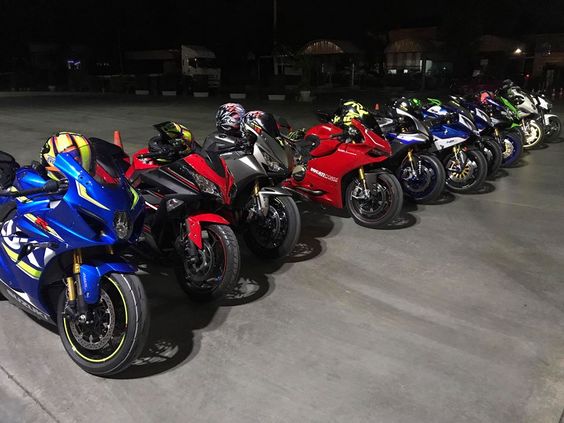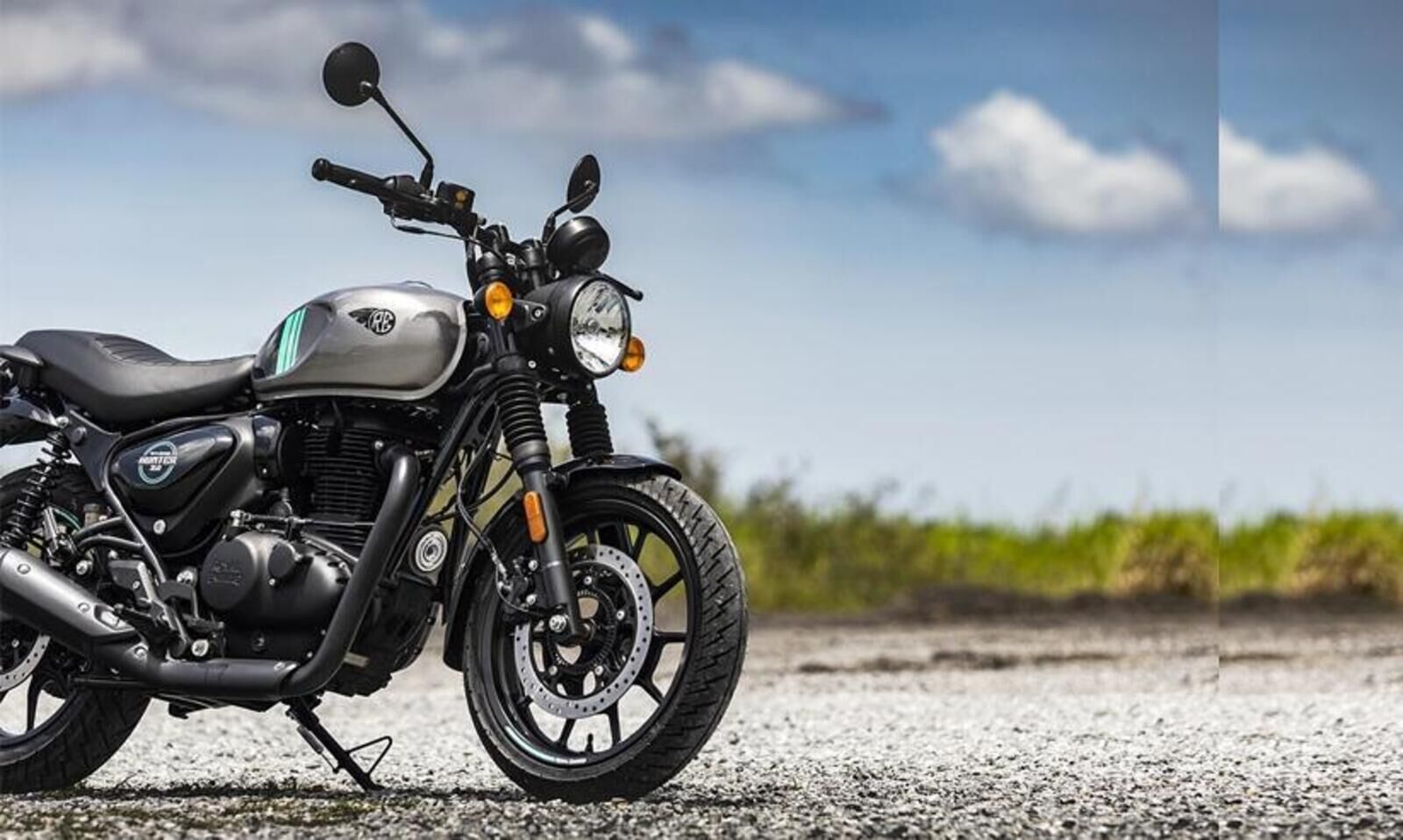
When shopping for a used motorcycle, mileage is typically a significant consideration. That figure can carry a lot of weight, influencing not only the anticipated cosmetic and mechanical condition of the bike but also its expected lifespan.
In reality, mileage isn’t a definitive indicator, nor should it be. Seasoned motorcyclists and mechanics often explain that the odometer reading merely serves as a framework for understanding the bike’s overall condition. To get a complete picture, it’s essential to consider factors like previous ownership, the type of bike, how it was used, and its maintenance history.
The previous owner
The motorcycle’s previous owners significantly influence its overall condition, as they shaped how it was ridden, maintained, and stored. For example, 10,000 Kms under the care of an 18-year-old will likely differ greatly from the same mileage experienced by a retired pilot.
Fewer, more experienced owners are always preferable. Regardless of age, if someone is the original or second owner, they are more likely to have properly cared for the motorcycle. Additionally, more seasoned riders tend to: a) ride with greater moderation and skill, b) follow maintenance schedules, and c) have the means to store the bike indoors.
On the flip side, younger, less experienced riders often treat the throttle like an on/off switch, show little interest or financial capacity for maintenance, and typically don’t have a garage, leaving the bike exposed on the curb without a cover.
If you have the chance to speak with the seller over the phone or, even better, meet them in person, you can gain valuable insights into their personality, which will help you understand the bike’s history.
Type of Motorcycle

A 1 lakh RS, 150 cc scooter might be worn out after 28000 kms , while a 40 lakhs RS 1,800 cc Gold Wing is just gearing up for its first major service. This highlights the importance of evaluating a motorcycle’s mileage in relation to its type and quality.
Some motorcycle categories simply aren’t built for longevity. For instance, sport bikes and dirt bikes are performance-oriented machines that often endure aggressive use, putting stress on the engine, drivetrain, brakes, and suspension. While proper maintenance and part replacements can mitigate these issues, it ultimately ties back to the previous owner’s habits. Other bikes with shorter lifespans include two-strokes and air-cooled models, as their engines are generally more susceptible to wear.
On the other hand, touring motorcycles often enjoy a more relaxed and well-cared-for existence, typically owned by more mature riders. These bikes feature low-revving engines designed for durability, meaning that 50,000 kms might raise concerns on a Yamaha YZF-R6 but are negligible for an FJR1300.
Beginner bikes, dual-sport models, and adventure bikes (ADVs) also require careful consideration—not necessarily due to their engineering, but because of how they are commonly used.
How was it used?
People are concerned about mileage because distance contributes to wear and tear. However, not all miles have the same impact.
Beginner bikes, for instance, often endure a tough life and can show significant wear both aesthetically and mechanically due to tipovers, inexperienced clutch and transmission use, and poor maintenance practices. These entry-level models frequently change hands, which can exacerbate their issues.
Dual-sport bikes, adventure bikes (ADVs), and dirt bikes are designed for off-road use, and if they have been used as intended, their mileage can be more significant. Generally, motorcycles regularly exposed to dirt, dust, and mud—conditions often classified as “severe use” in owner’s manuals—will experience faster wear on components from the cylinder walls to the clutch cable. Similarly, competition usage tends to shorten a bike’s lifespan due to high revs, extreme heat, and heavy loads.
For the purpose of this discussion, “use” also encompasses non-use, such as when a bike is parked or stored. Motorcycles that are kept in a garage generally fare better than those left out in the elements. Local climate can also play a role—did the bike live near the coast, where salty air may have corroded its parts, or was it kept in a dry, desert environment? This is why savvy buyers often steer clear of used vehicles from Mumbai and nearby coastal places .
While low mileage on older bikes can appear attractive, machines generally don’t fare well when left idle. Batteries can sulfate, fuel can coagulate, seals and O-rings may dry out and harden, and parts can rust. A bike that has been properly stored might be in good condition, but if it was just parked one day 30 years ago, the odometer may not accurately represent its state. Additionally, the mileage could be incorrect; it’s not unusual for the cables that drive mechanical speedometers to be broken or missing.
How was it maintained?
In reality, maintenance and repairs significantly influence how mileage affects a motorcycle, making it essential to investigate how well a bike has been cared for. A seller who provides detailed records and a collection of service invoices is the ideal scenario, but if no documented history exists, you’ll need to assess the situation yourself.
One of the simplest ways to gauge how much care a bike has received is to examine the drivetrain. If an owner neglects a visible component that clearly needs attention, it raises concerns about how they’ve treated less visible parts, like the air filter.
While I’ve emphasized that mileage should be viewed as a factor in an overall assessment rather than an absolute figure, the odometer reading is critical when it comes to the maintenance schedule. When looking for a motorcycle, it’s wise to familiarize yourself with the timeline for significant services, such as spark plug changes, air filter replacements, and valve adjustments. Check when these services are due and ask whether they have been completed.
Some owners may choose to sell a bike as it nears a major service to avoid the costs, or they might simply be unaware of what’s needed. In either scenario, understanding the service milestones is crucial for evaluating the bike’s condition and identifying any upcoming or overdue expenses that could influence your decision.
It’s just a number
If we think of mileage as a countdown (or count-up) to a bike’s eventual decline, the main concern with purchasing a high-mileage motorcycle is the potential wear on crucial components like the pistons, valve train, and transmission. While these issues can arise with excessive mileage, it’s worth noting that most motorcycles built in the last 30 years are constructed well enough that, provided the oil is changed regularly, the engine is likely to outlast the rest of the bike.
The more common problems associated with what many consider “high mileage” motorcycles tend to be related to deferred maintenance on consumables. This includes worn-out drivetrains, bald tires, gritty wheel bearings, and thin brake pads and discs, along with possibly leaking suspension components. If you’re prepared to inspect the bike and replace the items that the previous owner neglected, you could end up with a machine that still has a long service life ahead of it.







